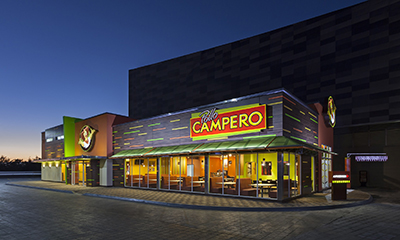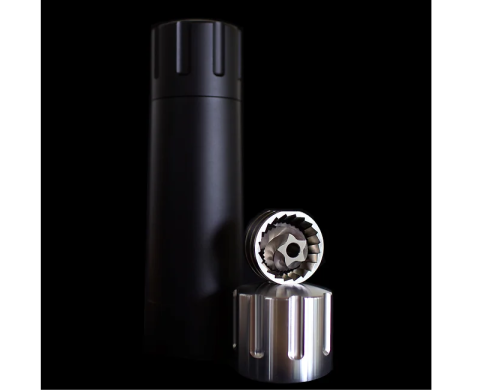When you go out to a restaurant, you’re not just interested in the food, but in everything that comes with it. The ambience, the décor, the banter, and expertise of the waiting and kitchen staff. It all comes together to create the thing that we call a dining experience.
Cuisine-Reflecting Restaurant Interiors
This is particularly relevant during a recession, during which many diners will be wondering whether they couldn’t have simply eaten in, instead. Among the things that will help to distinguish your restaurant is the way that it’s decorated.
Creating a Mood Board
A mood board is a simple way to get all of your ideas in one place so that they can be easily taken in by your team. Among the things that you might pin to your board are images from other restaurants which sell the same sort of thing as you do. You can use this to identify furniture, colours, fonts, and decorative items which you feel might work.
While it’s not a necessity, hiring a professional designer might help you to shape your ideas, and ultimately turn them into a tasteful reality. If it helps to draw in more customers, it’ll be worth the investment. The same goes for specialised restaurant insurance, which will help to guard against catering-specific kinds of risk.
Establishing an Experience
At this point, you should be thinking about exactly what kind of experience your customers are going to be having. Think about every element in turn. Your décor and furnishings will matter, as well as other details like your ceiling lights and the furniture.
You might think that a one-size-fits-all approach would be a good thing. After all, you want your customer to instantly recognise what sort of restaurant they’re in from the moment they enter. An Indian restaurant that’s set up to look more like a pizzeria might send the wrong message. As such, expectations matter, and you mustn’t be drawing in customers who will ultimately be disappointed by the kind of food you’re offering.
Read Also: Experience Italy: Coyote Canyon Winery Tasting at Tuscany Suites
In some cases, creating an unusual experience might be worthwhile. It might create the stir you need to get people talking. You might look at the example of Karen’s Diner in Manchester, where the staff is deliberately rude. While this is a very specific case, it does demonstrate that you can be creative when it comes to the sort of experience you’re offering.
What’s next?
Your restaurant must establish a steady rate of loyal customers. You’ll likely get most of your custom from a minority of diners, and these people, if they’re impressed, will bring other diners in. If you want to take things further, you might arrange one-off events, like karaoke nights and bottomless brunches. Just ensure they’re in keeping with your restaurant’s overall aesthetic.







